Lucky Bamboo (Dracaena sanderiana) is admired for its beauty, low maintenance, and symbolism of good fortune. However, many plant owners unknowingly damage their Lucky Bamboo with something as simple as tap water. While tap water is safe for humans, it often contains chemicals and minerals that can stress or harm your plant over time. In this article, we’ll explore how chlorine, fluoride, and mineral build-up affect Lucky Bamboo, and how you can provide the cleanest, healthiest water for optimal growth.
Also Read- The Role of Filtered Water and Natural Additives in Lucky Bamboo Health
Why Tap Water Can Be a Problem for Lucky Bamboo
Lucky Bamboo is surprisingly sensitive to the quality of water it receives — especially when grown hydroponically in water-filled containers. Unlike soil-grown plants that have a buffer to filter impurities, water-grown Lucky Bamboo is directly exposed to any chemicals in the water.
Common tap water additives and contaminants that affect Lucky Bamboo include:
- Chlorine – Added to disinfect water but can damage plant tissue.
- Fluoride – Used in many municipal supplies; can cause leaf tip burn.
- Hard water minerals – Calcium, magnesium, and salts can accumulate, leading to root stress.
Chlorine and Its Effects
Chlorine is a standard additive in tap water to kill bacteria and viruses. While effective for human safety, chlorine can:
- Disrupt nutrient uptake in Lucky Bamboo.
- Cause yellowing or browning leaf edges.
- Damage root cells in hydroponic setups.
Solution: Leave tap water in an open container for 24 hours before using it to allow chlorine to evaporate naturally.
Also Read- Preventing Algae Growth In Lucky Bamboo Water During Summer
Fluoride Sensitivity
Fluoride is another chemical often added to drinking water to strengthen human teeth. Unfortunately, Lucky Bamboo is extremely sensitive to it. Signs of fluoride damage include:
- Brown, crispy leaf tips.
- Slow or stunted growth.
- Yellow striping along leaves.
Solution: Use distilled, rain, or filtered water to completely avoid fluoride exposure.
Hard Water and Mineral Build-Up
If your tap water is classified as “hard,” it contains higher levels of calcium and magnesium. Over time, these minerals can:
- Leave white crusts on the container or plant stalks.
- Interfere with the plant’s ability to absorb nutrients.
- Cause gradual leaf discolouration.
Solution: Install a water softener that does not use sodium (as salt-softened water is equally harmful), or switch to bottled spring water.
Signs Your Tap Water Is Damaging Your Lucky Bamboo
If your plant has been looking less vibrant lately, check for these symptoms:
- Brown leaf tips or edges despite proper lighting.
- Yellowing leaves starting from the top.
- Slimy or rotting roots in hydroponic setups.
- Slow growth even with adequate light and nutrients.
Also Read- Lucky Bamboo And Water Quality: What You Need To Know
Best Water Options for Healthy Lucky Bamboo
To avoid chemical and mineral damage, the following water sources are recommended:
- Distilled Water – Pure and free from minerals, fluoride, and chlorine.
- Filtered Water – Good if using a high-quality carbon filter.
- Rainwater – Naturally soft and chemical-free (if collected safely).
- Aquarium Water – If untreated with chemicals, it can provide mild nutrients.
Extra Tips for Maintaining Water Quality
- Change the water every 7–10 days to prevent stagnation and algae growth.
- Rinse the container before adding fresh water.
- If using tap water, let it sit for 24–48 hours before use.
- Wipe the stalks gently with a damp cloth to remove mineral deposits.
What About Fertilising in Water?
If your Lucky Bamboo is grown in water, occasional feeding is fine — but use a diluted liquid fertiliser (¼ strength) and only every 2–3 months. Over-fertilising can cause nutrient burn, especially if water quality is already compromised.
Also Read- Lucky Bamboo: A Gift Of Good Fortune And Prosperity
Conclusion
While tap water may be convenient, it can slowly damage your Lucky Bamboo through chemical additives and mineral build-up. Switching to purified, distilled, or rainwater will not only keep your plant looking lush and vibrant but will also extend its lifespan. Consistent water changes, clean containers, and avoidance of harmful chemicals will ensure your Lucky Bamboo continues to bring beauty and good fortune to your space for years to come.


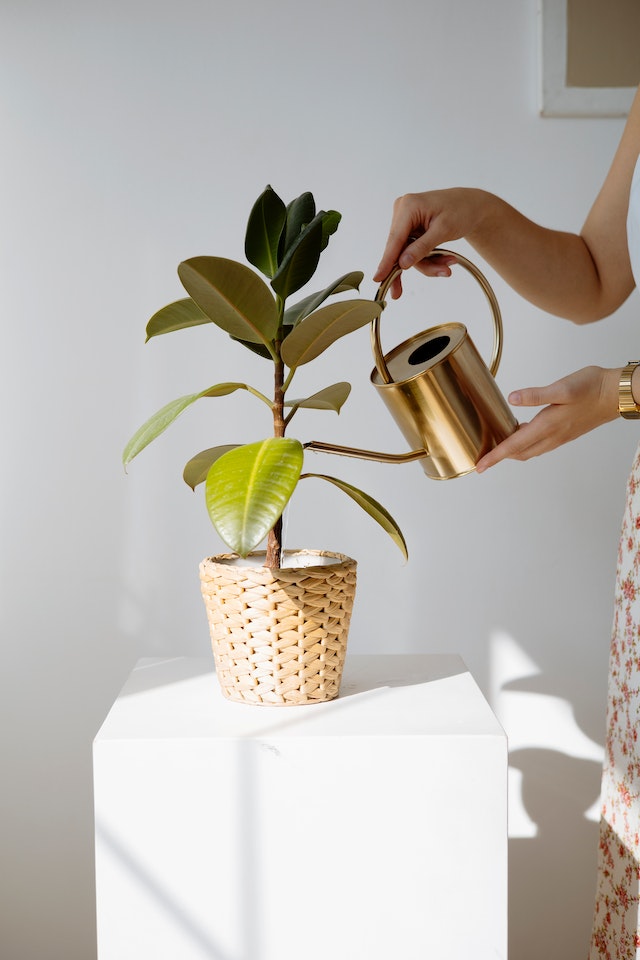
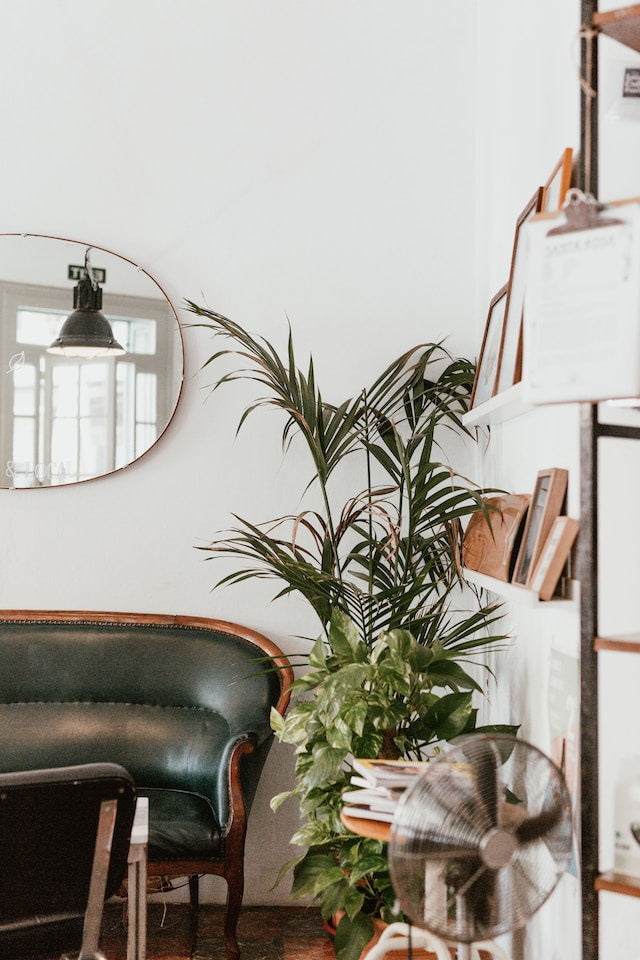
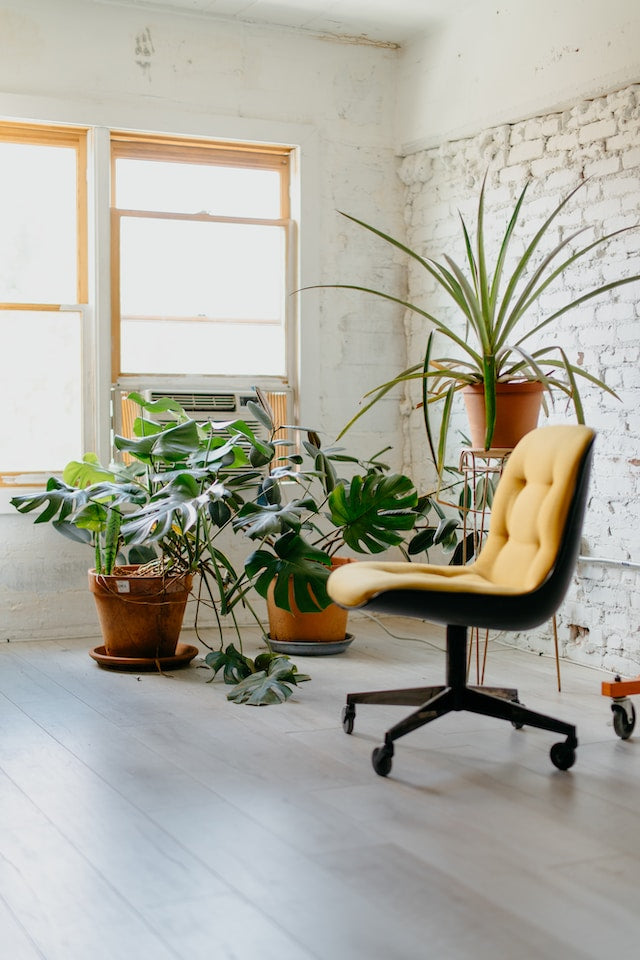
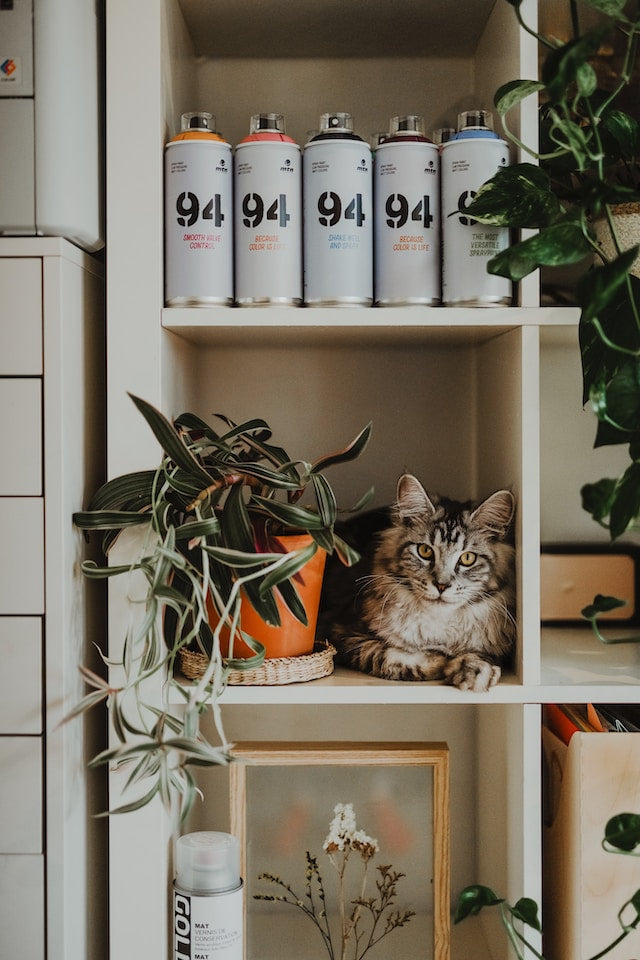
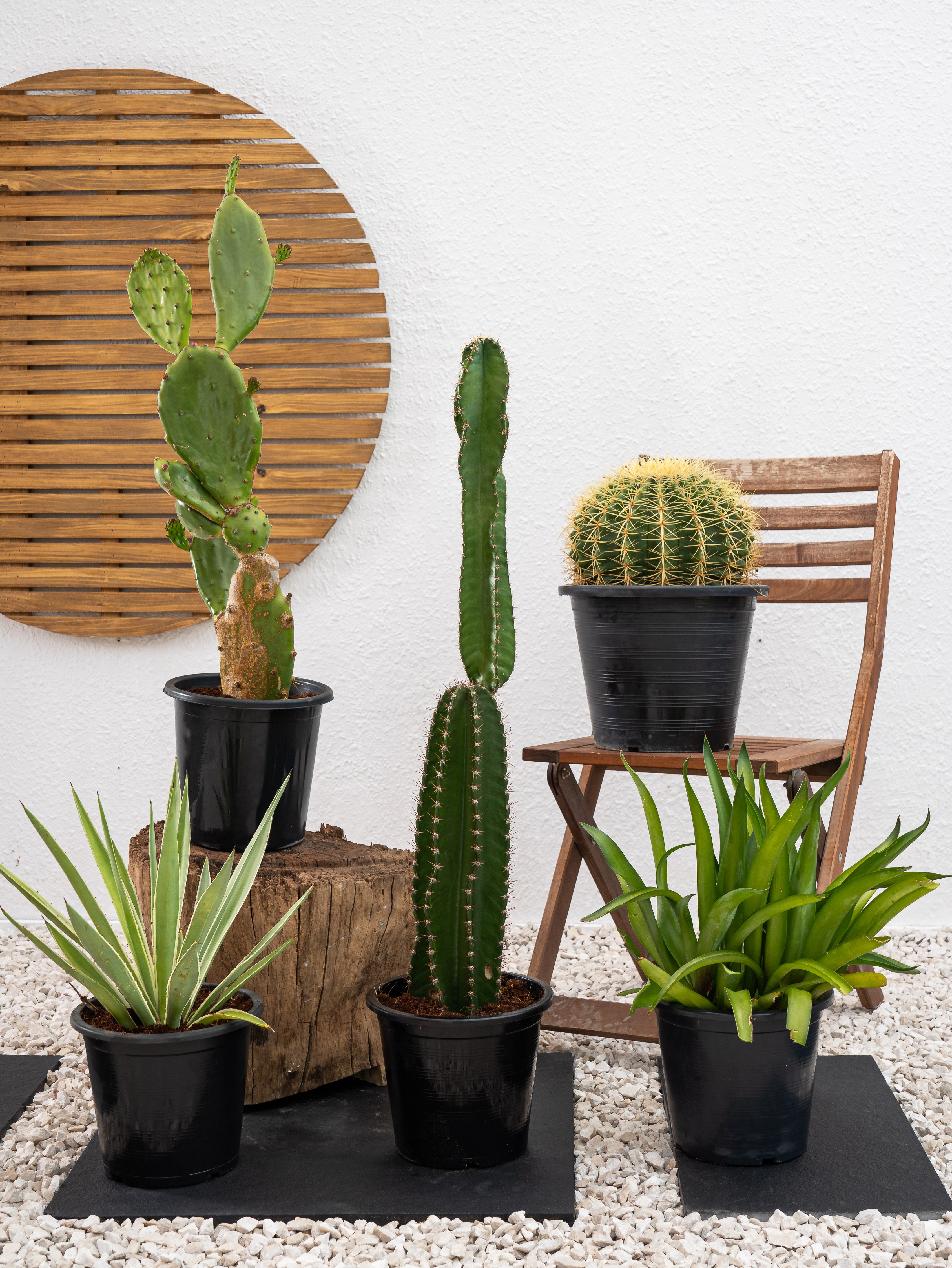
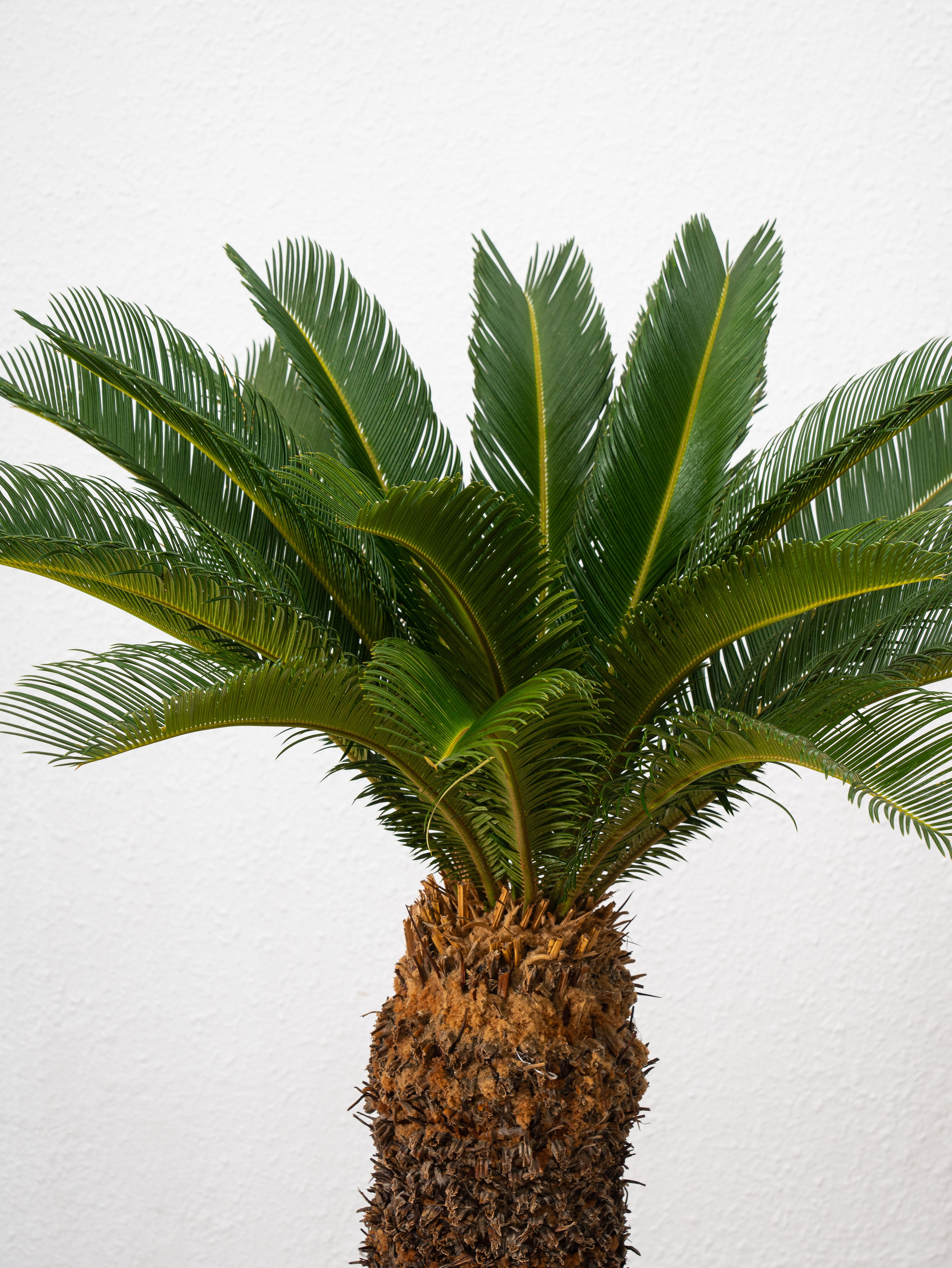
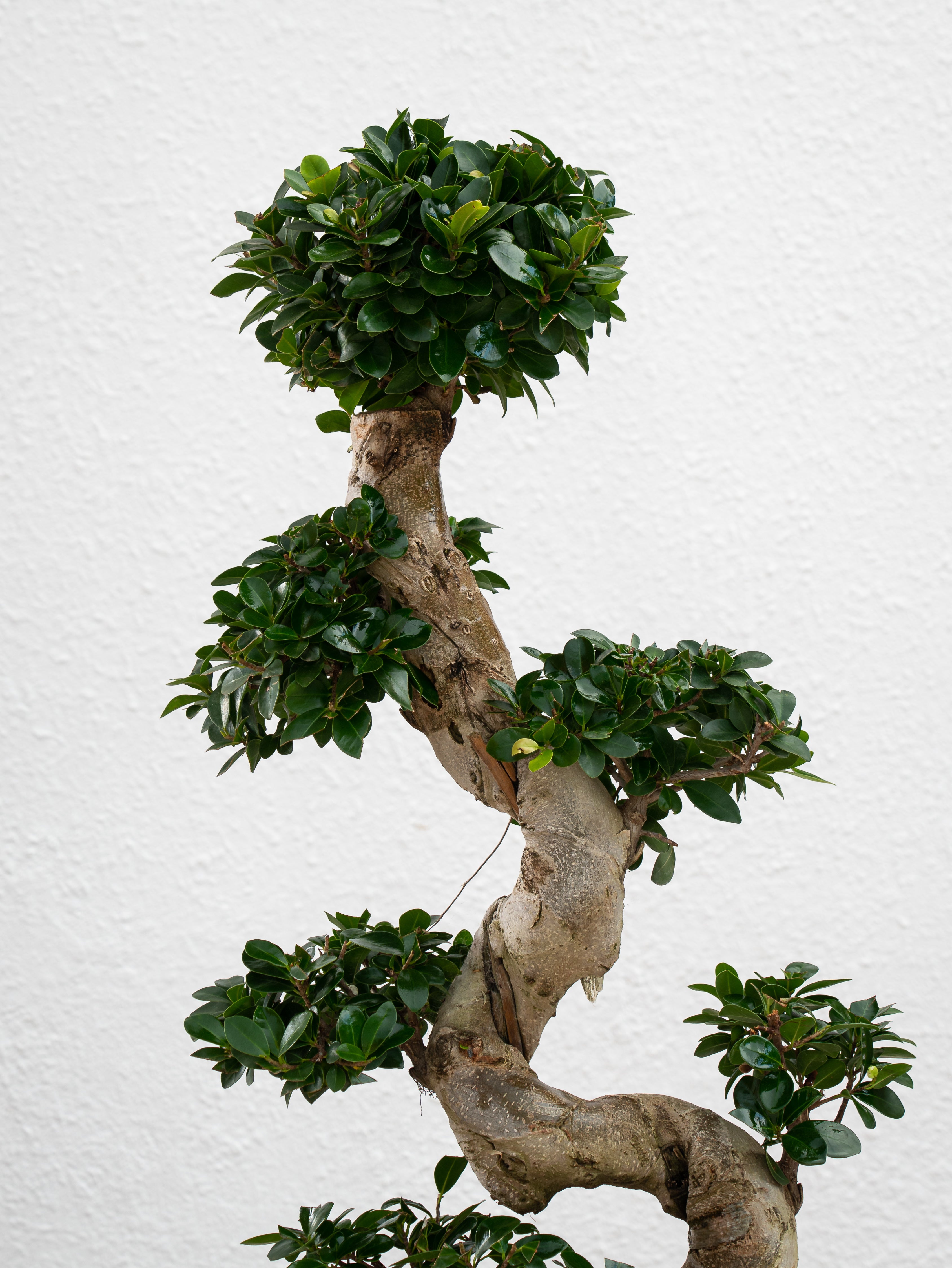
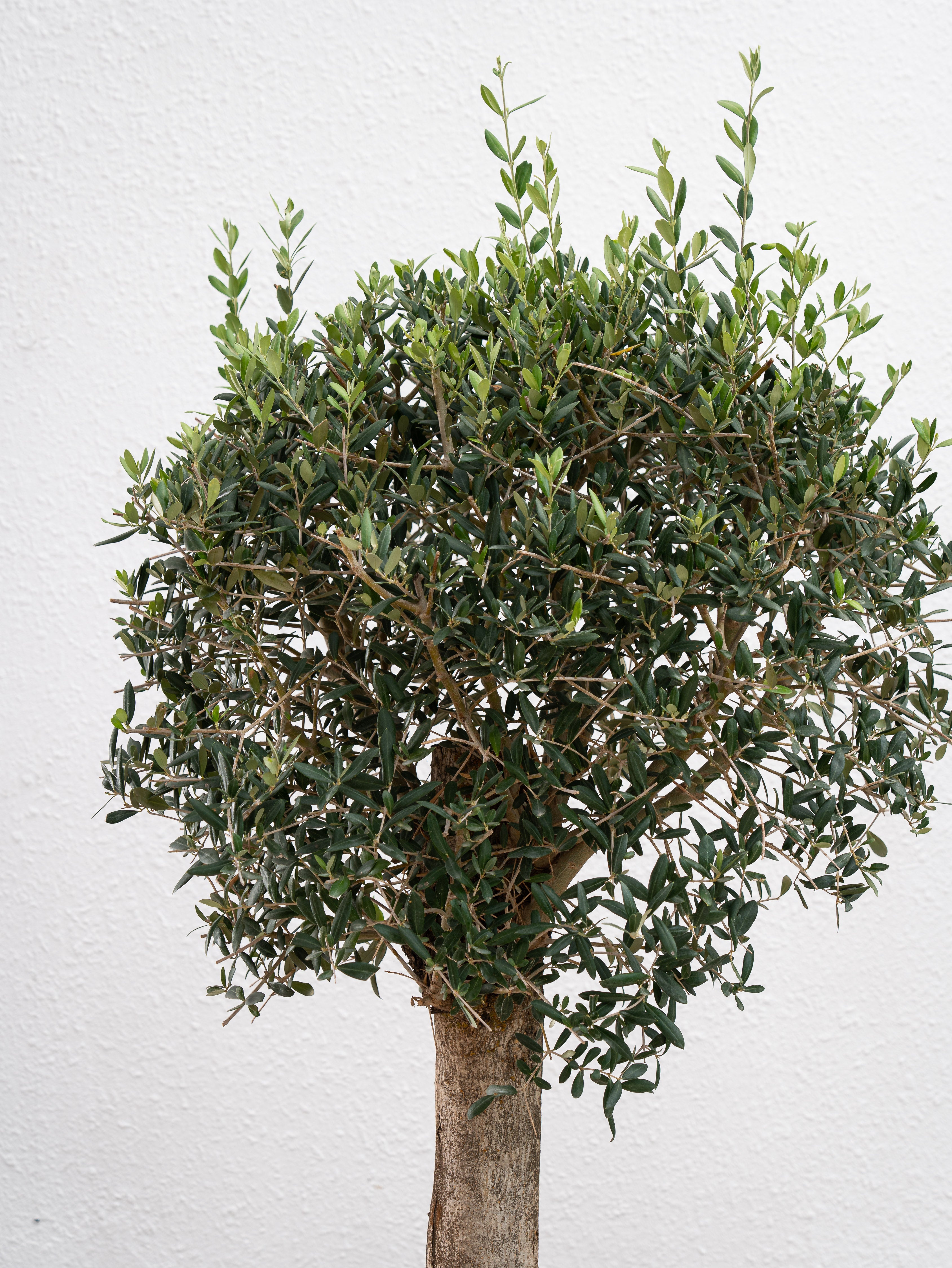
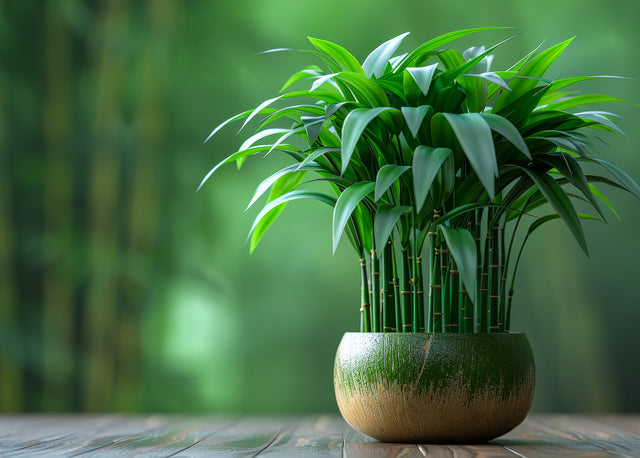
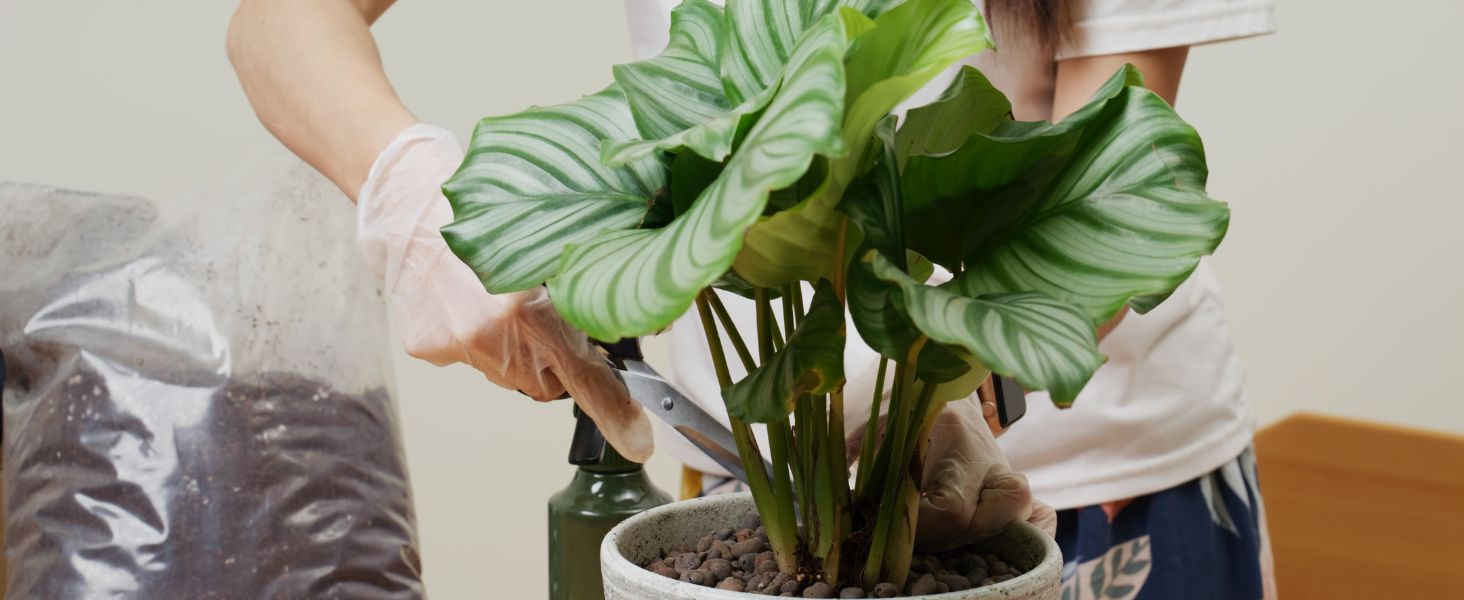
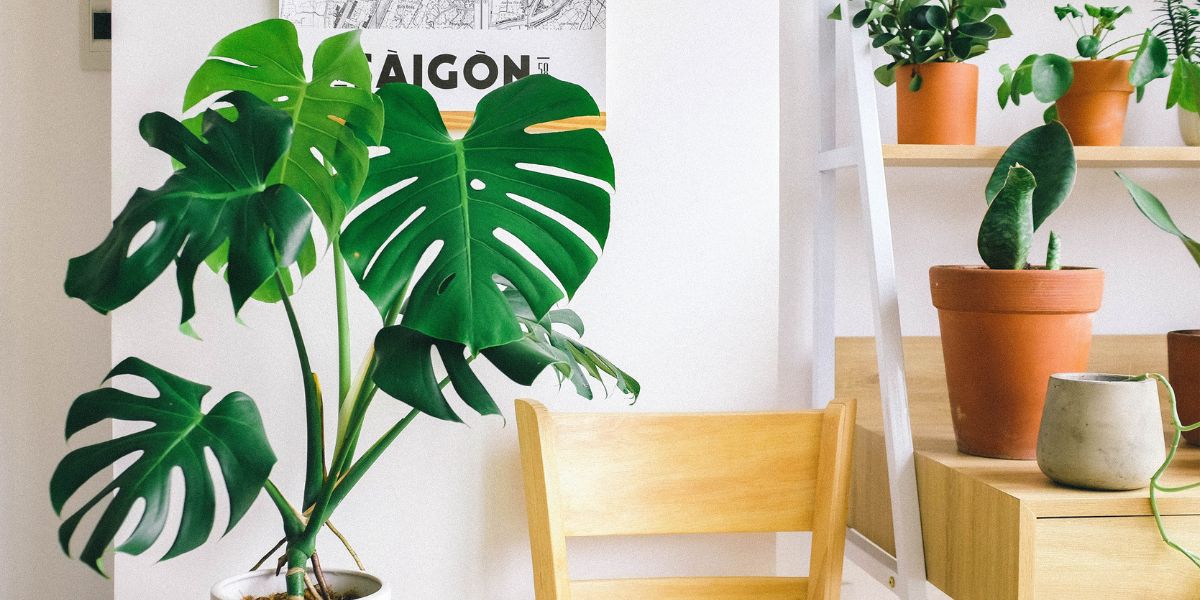
Leave a comment
This site is protected by hCaptcha and the hCaptcha Privacy Policy and Terms of Service apply.